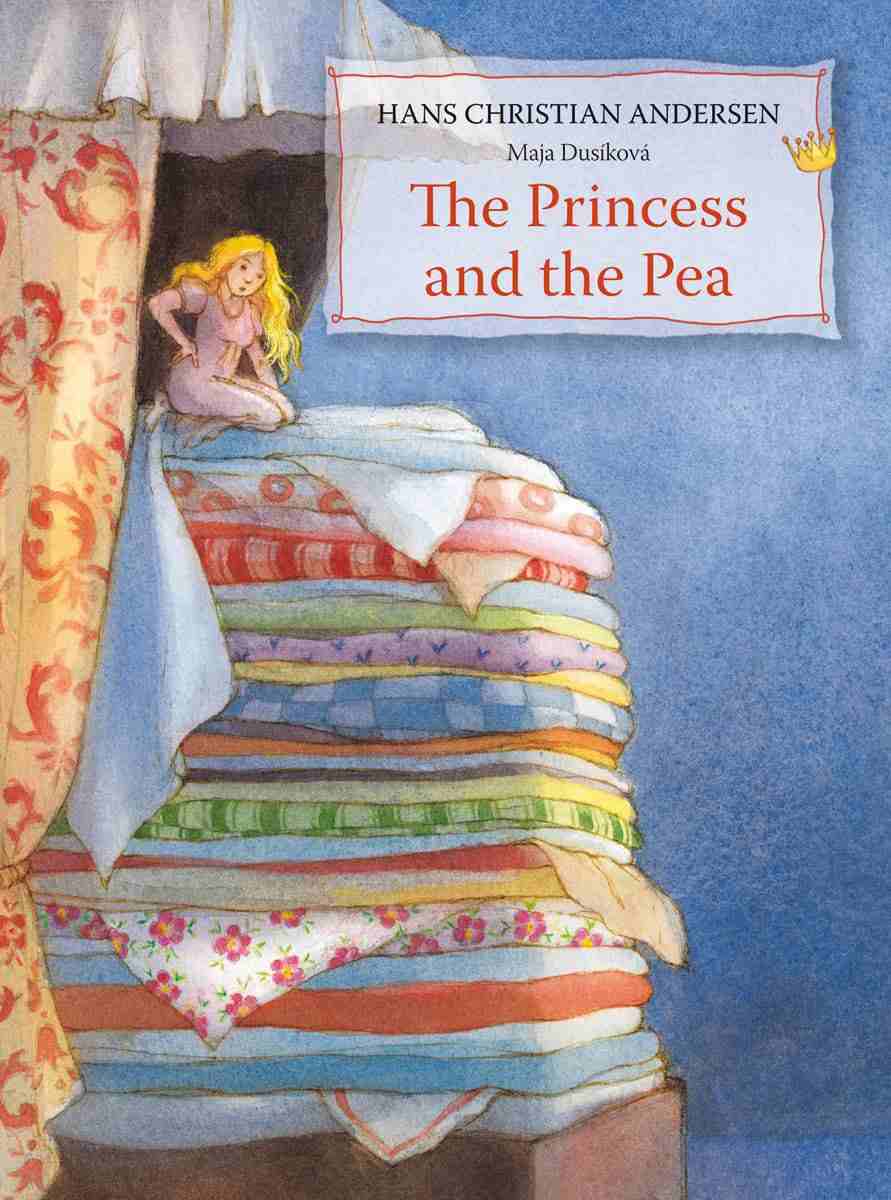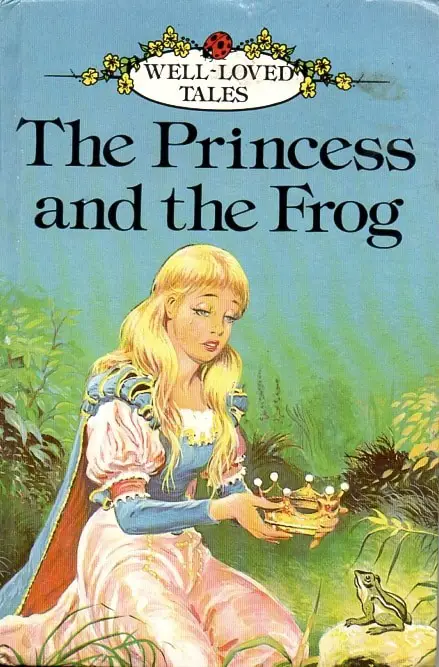-
The Princess and the Pea by Hans Christian Andersen Fairy Tale Analysis

The Princess and the Pea was first published in 1835, one of a handful of satirical, colloquial fairy tales in an unbound collection by Danish storyteller Hans Christian Andersen. The colloquial language didn’t go down well with critics at the time, who also didn’t appreciate that Andersen’s silly little “wonder tales” failed to convey a moral suitable for children.
-
Princess Smartypants by Babette Cole Analysis
Princess Smartypants is an example of a children’s picture book which uses gender reversal to tell a story that would never really happen. What if women of high socio-economic status could choose their own marriage/non-marriage partners? The ending plays into the stereotypically MRA fear — if women were allowed autonomy they may choose not to include men at all. […]
-
The Frog Prince Fairytale Analysis

This famous tale is also known as The Princess And The Frog, The Frog Prince, A Frog For A Husband and similar variants. In most of these stories the princess is depicted as a spoilt brat. Sometimes the story goes so far as being called The Kind Stepdaughter And The Frog, which is actually more […]
-
Olivia and the Fairy Princesses by Ian Falconer Analysis
Olivia and the Fairy Princesses is the third Olivia book I’m taking a close look at; the first was Olivia, which I really liked; the next was Olivia and the Missing Toy which I really didn’t and now for a story which has garnered Olivia a bit of a reputation among reviewers on social media […]